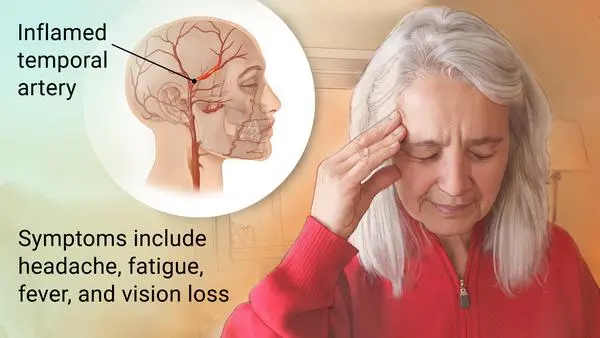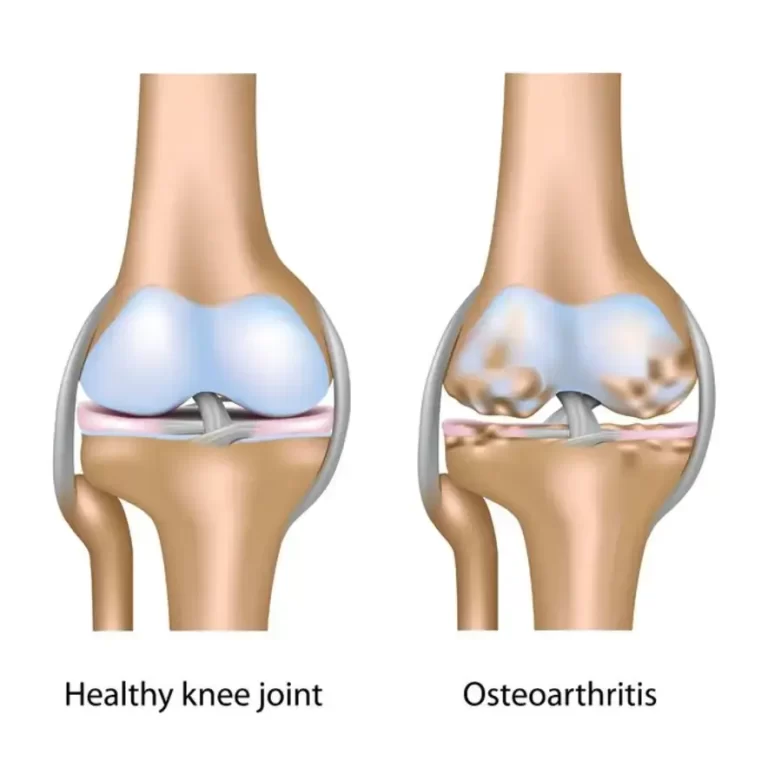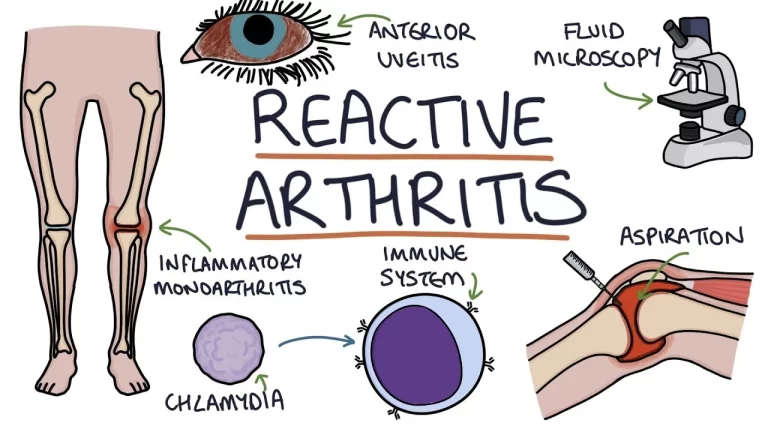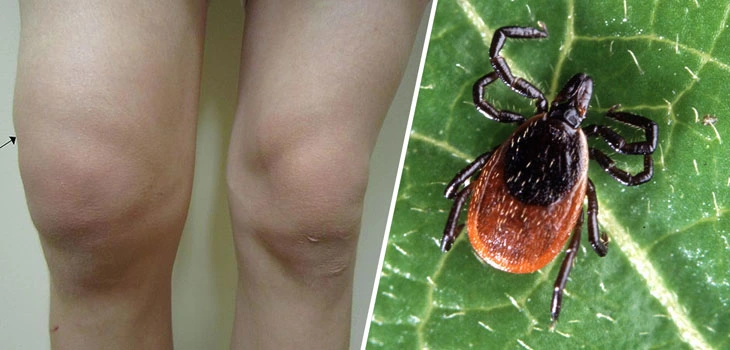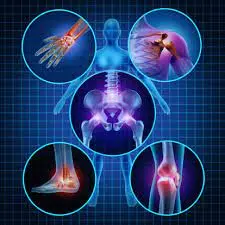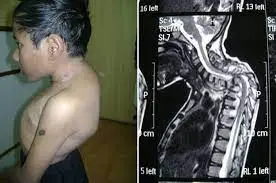Giant cell arteritis
What is Giant cell arteritis? The terms “giant cell arteritis” & “temporal arteritis” are sometimes used interchangeably, because of the often involvement of the temporal artery. Nevertheless, other big vessels such as the aorta can be involved. Giant cell arteritis is also known as cranial arteritis & Horton’s disease. The name giant cell arteritis reflects…

